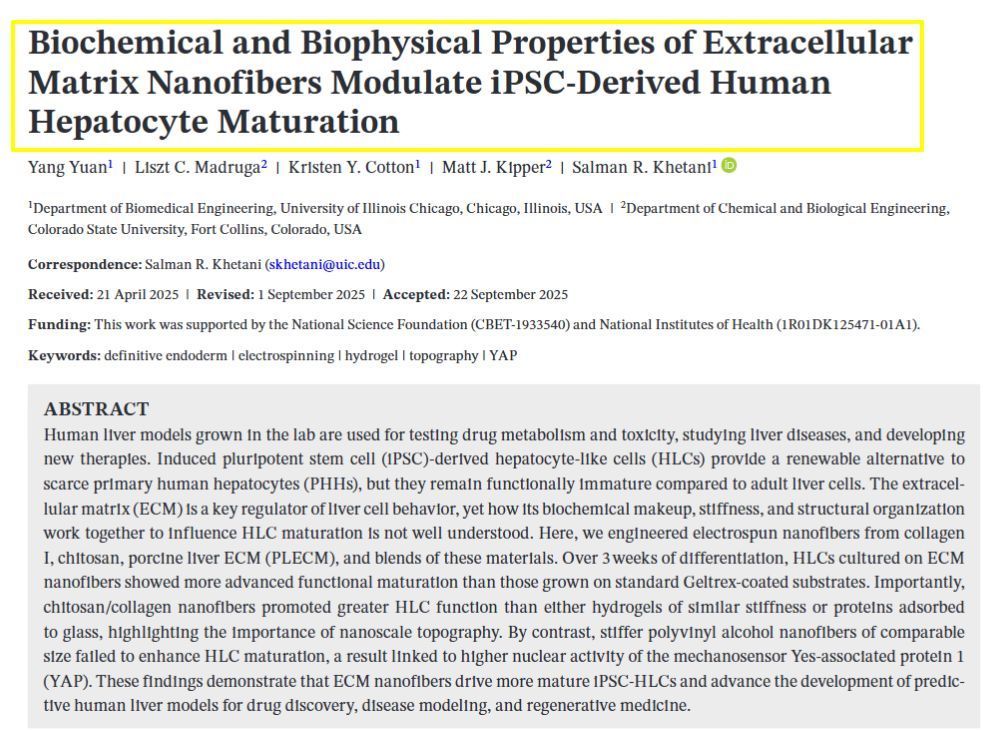Cellular Structures and Functions
Histology, the study of the microscopic structure of cells, tissues, and organs, uncovers how these entities maintain the vitality of organisms. At the cellular level, each cell functions as a fundamental unit of life, encapsulated by a plasma membrane which distinguishes its boundaries. Within, the cytoplasm houses various organelles, each with distinct roles, all suspended in the cytosol—the aqueous part of the cytoplasm.
The Nucleus: Considered the control center, it governs cellular activity by directing protein synthesis and contains most of the cell's genetic material in the form of DNA. Learn more about the cell nucleus and its function at Kenhub.
Mitochondria: Known as the powerhouse, mitochondria produce chemical energy in the form of ATP, which is vital for the survival of cells.
Ribosomes: These molecular machines are responsible for protein synthesis, reading RNA transcripts and assembling proteins, essential for cellular functions.
Endoplasmic Reticulum (ER): The ER has a twofold function, with a rough part studded with ribosomes for protein synthesis and a smooth part that synthesizes lipids and detoxifies certain chemicals.
Golgi Apparatus: This organelle modifies, sorts, and packages proteins and lipids for delivery to targeted destinations.
Lysosomes: They contain enzymes that break down and digest unneeded cellular components.
At a broader anatomical perspective, tissues emerge from a collective of cells specialized for a common function, which then integrates to form organs, each performing a specific task essential to an organism's health. Glycoproteins, for instance, are critical at both cellular and tissue levels, acting in cell adhesion and recognition, thereby contributing to the overall structural and functional cohesion within an organ system.
Understanding these components at the microscopic level illuminates the elegant complexity of biological systems and reinforces the central role of histology in the study of anatomy and physiology.



